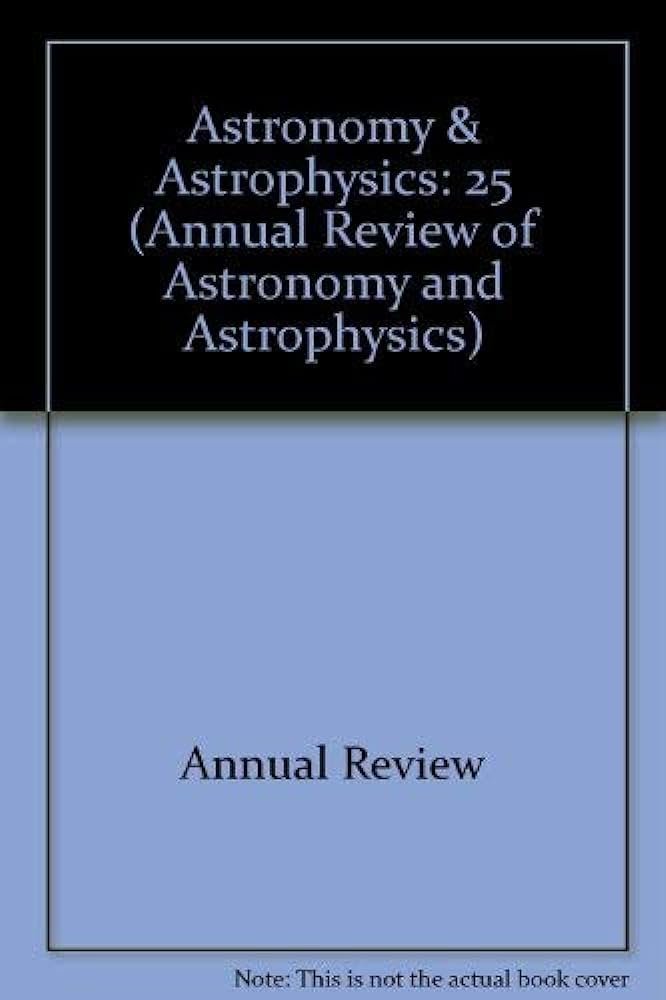极端自适应光学
IF 32.5
1区 物理与天体物理
Q1 ASTRONOMY & ASTROPHYSICS
Annual Review of Astronomy and Astrophysics
Pub Date : 2018-09-14
DOI:10.1146/ANNUREV-ASTRO-081817-052000
引用次数: 72
摘要
在过去的二十年里,已经确认了数千颗系外行星,对它们的研究已成为科学的高度优先事项。附近系外行星及其形成和演化的星周盘的直接成像具有挑战性,因为它们相对于中心恒星的对比度高,角分离小。外行星通常与它们所环绕的恒星相距不到1角秒,暗4到10个数量级。为了应对这些挑战,地面望远镜必须配备经过优化的极端自适应光学(ExAO)系统,以获取附近明亮恒星周围的高对比度图像。目前的ExAO系统对近红外环境下年轻大质量行星的热发射成像具有敏感性,而未来部署在巨型分段镜望远镜上的系统将对低质量岩石行星反射的星光成像。由于光学日冕仪、波前控制和数据分析技术的快速进步,下一代大型地面望远镜将能够对宜居系外行星进行直接成像和光谱表征。本文章由计算机程序翻译,如有差异,请以英文原文为准。
Extreme Adaptive Optics
Over the last two decades, several thousand exoplanets have been identified, and their study has become a high scientific priority. Direct imaging of nearby exoplanets and the circumstellar disks in which they form and evolve is challenging due to the high contrast ratio and small angular separation relative to the central star. Exoplanets are typically within 1 arcsec of, and between 4 and 10 orders of magnitude fainter than, the stars they orbit. To meet these challenges, ground-based telescopes must be equipped with extreme adaptive optics (ExAO) systems optimized to acquire high-contrast images of the immediate surrounding of nearby bright stars. Current ExAO systems have the sensitivity to image thermal emission from young massive planets in near-IR, while future systems deployed on Giant Segmented Mirror Telescopes will image starlight reflected by lower-mass rocky planets. Thanks to rapid progress in optical coronagraphy, wavefront control, and data analysis techniques, direct imaging and spectroscopic characterization of habitable exoplanets will be within reach of the next generation of large ground-based telescopes.
求助全文
通过发布文献求助,成功后即可免费获取论文全文。
去求助
来源期刊

Annual Review of Astronomy and Astrophysics
地学天文-天文与天体物理
CiteScore
54.80
自引率
0.60%
发文量
14
期刊介绍:
The Annual Review of Astronomy and Astrophysics is covers significant developments in the field of astronomy and astrophysics including:The Sun,Solar system and extrasolar planets,Stars,Interstellar medium,Galaxy and galaxies,Active galactic nuclei,Cosmology,Instrumentation and techniques,
History of the development of new areas of research.
 求助内容:
求助内容: 应助结果提醒方式:
应助结果提醒方式:


